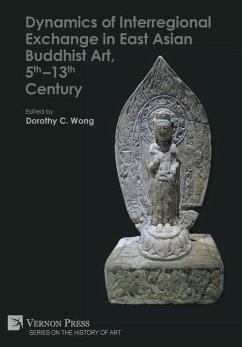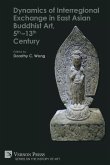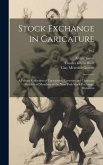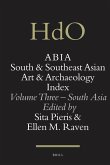This volume examines the various patterns of trans-regional exchanges in Buddhist art within East Asia (China, Korea, and Japan) in the medieval period, from the fifth to the thirteenth centuries. A traditional approach to the study of East Asian Buddhist art revolves around the notion of an artistic relay: India was regarded as the source of inspiration for China, and China in turn influenced artistic production in the Korean peninsula and Japan. While this narrative holds some truth, it has the implicit baggage of assuming that art in the host country is only derivative and obscures a deep understanding of the complexity of transnational exchanges. The essays in this volume aim to go beyond the conventional query of tracing origins and mapping exchanges in order to investigate the agency of the "receivers" with contextual case studies that can expand our understanding of artistic dialogues across cultures. The volume is divided into three sections. In Section I, "Transmission and Local Interpretations," the three chapters by Jinchao Zhao, Li-kuei Chien, and Hong Wu all address topics of transnational transmission of Buddhist imagery, their figural styles, and subsequent alterations or adaptations based on local preferences and interpretations. Buddhism had important impacts on East Asian countries in the political dimension, especially when the religion and certain Buddhist sutras and deities were believed to have state-protecting properties. The chapters by Dorothy C. Wong, Imann Lai, and Clara Ma in Section II, "Buddhism and the State," attend to the political aspect of Buddhism in visual representation. Section III, "Iconography and Traditions," includes chapters by Sakiko Takahashi, Suijun Ra, and Tamami Hamada that closely study the cross-border transmission of and subtle variations in iconography and style of specific Buddhist deities, notably deities of esoteric strands that include the Thousand-Armed Avalokite¿vara (Bodhisattva of Compassion).








